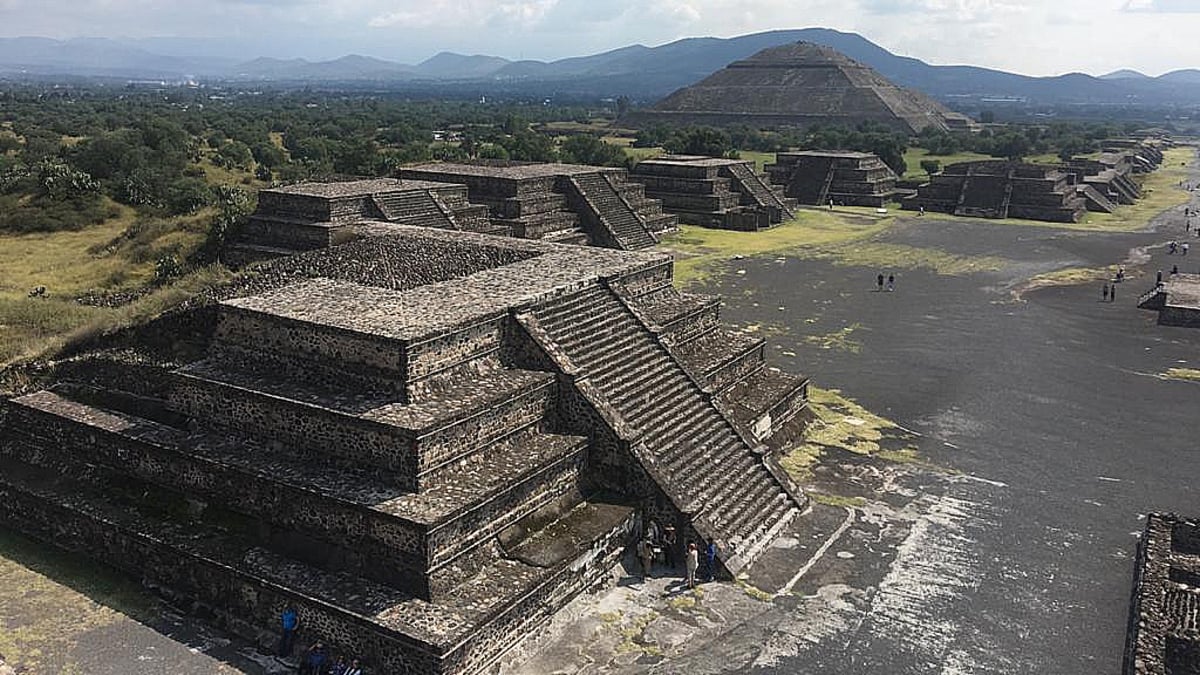
Science Channel brings back a favorite series that goes to the extreme lengths of finding the most arcane and forbidden secrets of the past – from treasures, scrolls, hidden artifacts, and buried secrets – as the series spans the globe in search of Forbidden History.
In an all-new season, Forbidden History experts weigh history with hoax and fact with fiction to uncover the truth behind history’s most notorious and remarkable stories.
The new season, what to expect
The producers sent teams across the planet in search of things forgotten. A lost Japanese treasure which was hidden from the Allies at the end of WWII.
Some of the stories covered include:
A mission by the Monuments Men to retrieve sacred relics taken by the Nazi hordes from across Europe. Hitler was a failed artist who leads the Nazis in the theft and looting of famous works of art from Jewish families. In all, they robbed millions of people of their money and possessions.
These Nazis stole priceless paintings, sculptures, drawings, religious and cultural artifacts too; all considered fair game from all of the Nazi-occupied territories, Europe’s churches, universities, and private collections, even the stained glass from Strasbourg Cathedral.
In 1943 the Allies established the Monuments, where upwards of 350 men and women from 13 countries joined the unit known as the “Monuments Men.” These mostly volunteers were academics, curators, architects, archivists, historians, and other professionals.
In Turkey, an unusual boat-shaped rock formation believed to be the physical remains of Noah’s Ark. The Durupinar Site is a natural but controversial rock formation in Turkey, just a few miles north of Iran, located near several mountains in the Ağrı Province.
Preserved in Italy’s Turin Cathedral is one of Christianity’s most mysterious relics – the Turin Shroud. Believed to be the burial cloth in which Jesus Christ was wrapped following his crucifixion over 2,000 years ago, the Turin Shroud could be the proof that Christians have to claim that Jesus Christ was who he said he was. But is it real or are there other explanations that could explain its mysterious properties?
The Shroud is a piece of linen fourteen and a half feet long, and kept at the San Giovanni Battista Cathedral in Turin, Italy, since 1578. Prior to its resting place, a French knight, Geoffroi de Charnay, in 1354, reportedly had the Shroud. The features of the Shroud include the visible impression of a full-scale image of a man with arms crossed over his waist, and also visible bloodstains.
Also explored are the great stone and masoned pyramids. They are one of the greatest wonders in the world, as pyramids can be found across the globe in places such as Mexico, Egypt, Cambodia, Greece, Sudan, and Italy.
But how much do we really know about them, and how did these vastly different and secluded peoples from different civilizations independently create the same structure? Or did Ancient Aliens create a blueprint that was handed down by a common ancestor?
Science Channel says:
Throughout Forbidden History, experts investigate the thrilling true stories of some of history’s greatest treasures, long-held conspiracy theories, ancient ruins and lost civilizations.
Exclusive preview of Forbidden History
This sizzle reel highlights the exciting developments of Forbidden History:
Forbidden History airs Sunday (premiering on April 5) at 9/8c on Science Channel with a special two-hour premiere episode.